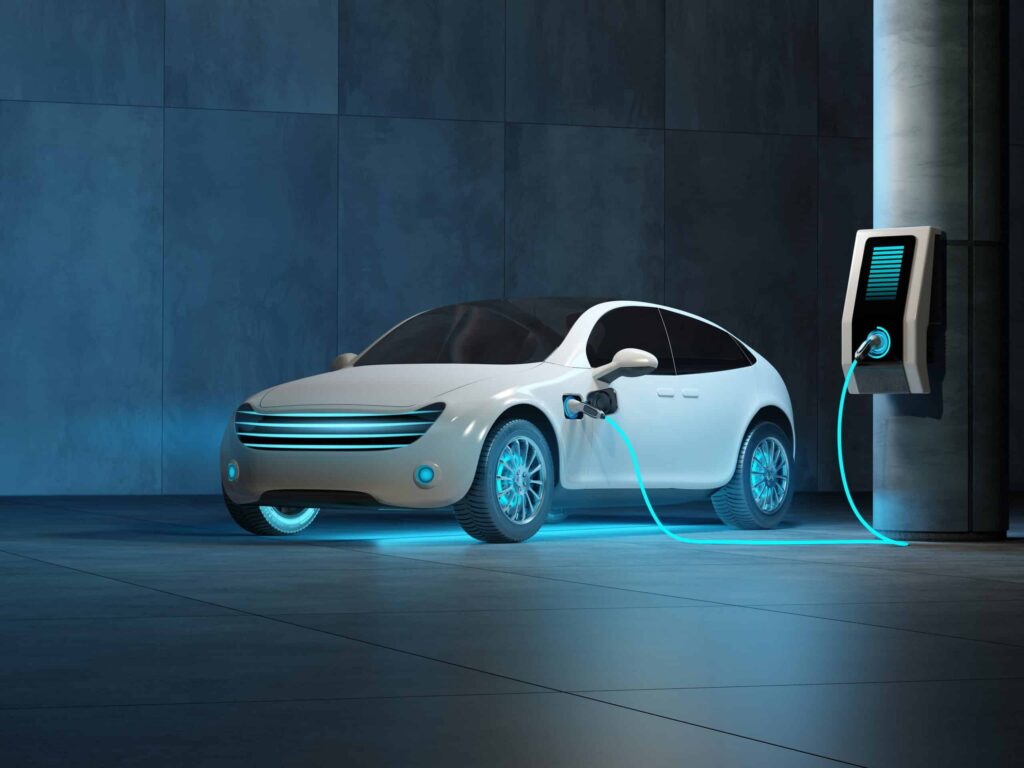The rise of electric vehicles (EVs) marks a significant shift in the automotive industry, sparking a crucial conversation about sustainability and environmental impact. As concerns about climate change and fossil fuel dependency grow, many are asking: is the future of transportation truly green? With advancements in battery technology, increased charging infrastructure, and government incentives, electric vehicles are becoming more accessible and appealing to consumers. This article delves into the various aspects of the electric vehicle revolution, exploring its potential to reshape our planet’s future.
In the following sections, we will examine the environmental benefits of electric vehicles, including their role in reducing greenhouse gas emissions and improving air quality. Additionally, we will discuss the challenges that the EV market faces, such as battery production and recycling, as well as the importance of renewable energy sources in powering these vehicles. By understanding both the advantages and obstacles, readers will gain a comprehensive view of the electric vehicle landscape.
Furthermore, we will highlight the latest innovations in the EV sector, from cutting-edge technologies to emerging trends that are driving the industry forward. Whether you are an eco-conscious consumer, a tech enthusiast, or simply curious about the future of transportation, this article promises to provide valuable insights and encourage you to consider the role of electric vehicles in creating a sustainable world. Join us as we explore whether the rise of electric vehicles truly signifies a greener future.
As the world shifts towards sustainable energy solutions, electric vehicles (EVs) have emerged as a pivotal component in the quest for a greener future. This article explores various aspects of electric vehicles, examining their environmental impact, technological advancements, and the challenges they face.
Environmental Impact of Electric Vehicles
Electric vehicles are often touted as a cleaner alternative to traditional gasoline-powered cars. One of the primary benefits of EVs is their potential to reduce greenhouse gas emissions. Unlike internal combustion engines, electric vehicles produce zero tailpipe emissions, which significantly lowers air pollution in urban areas. However, the overall environmental impact of EVs depends on the source of electricity used for charging. If the electricity comes from renewable sources like wind or solar, the carbon footprint is drastically reduced.
Moreover, the production and disposal of EV batteries raise concerns about environmental sustainability. The mining of lithium, cobalt, and nickel, essential components of lithium-ion batteries, can lead to habitat destruction and pollution. Therefore, while EVs present a greener alternative, it is crucial to consider the entire lifecycle of the vehicle, from production to disposal, to truly assess their environmental impact.
Technological Advancements in EVs
The rise of electric vehicles is closely linked to rapid technological advancements. Innovations in battery technology, such as solid-state batteries, promise to enhance energy density and reduce charging times. These improvements not only make EVs more efficient but also more appealing to consumers who may be hesitant about range anxiety—the fear of running out of battery power before reaching a charging station.
Additionally, advancements in charging infrastructure are crucial for the widespread adoption of electric vehicles. Fast-charging stations are becoming more prevalent, allowing drivers to recharge their vehicles in a matter of minutes rather than hours. As technology continues to evolve, the integration of smart grids and renewable energy sources will further enhance the sustainability of electric vehicles.
Economic Considerations of Electric Vehicles
The economic implications of transitioning to electric vehicles are significant. While the initial purchase price of EVs can be higher than that of traditional vehicles, the total cost of ownership often favors electric vehicles due to lower fuel and maintenance costs. Government incentives and tax credits also play a crucial role in making EVs more accessible to consumers.
Furthermore, the growth of the electric vehicle market is creating new job opportunities in manufacturing, charging infrastructure, and maintenance. As more companies invest in EV technology, the economic landscape is shifting, potentially leading to a more sustainable and resilient economy.
The Role of Government Policies
Government policies are instrumental in shaping the future of electric vehicles. Many countries have set ambitious targets for reducing carbon emissions and promoting the adoption of EVs. Incentives such as tax rebates, grants, and subsidies encourage consumers to make the switch to electric. Additionally, regulations aimed at phasing out fossil fuel vehicles are pushing manufacturers to invest in electric alternatives.
However, the effectiveness of these policies varies by region. In some areas, lack of infrastructure and high initial costs can hinder the adoption of electric vehicles. Therefore, it is essential for governments to create comprehensive strategies that address these challenges while promoting sustainable transportation solutions.
Consumer Perception and Adoption Rates
Consumer perception plays a crucial role in the adoption of electric vehicles. While awareness of the environmental benefits of EVs is growing, misconceptions about their performance and reliability still exist. Many potential buyers are concerned about battery life, charging times, and the availability of charging stations.
To address these concerns, manufacturers are focusing on educating consumers about the advantages of electric vehicles. Marketing campaigns highlighting the long-term savings, environmental benefits, and advancements in technology are essential for changing public perception and increasing adoption rates.
Challenges Facing Electric Vehicle Adoption
Despite the numerous benefits of electric vehicles, several challenges remain that could impede their widespread adoption. One of the most significant barriers is the lack of charging infrastructure, particularly in rural areas. Without sufficient charging stations, potential EV owners may be reluctant to make the switch.
Additionally, the environmental impact of battery production and disposal raises concerns about the sustainability of electric vehicles. Addressing these challenges requires collaboration between governments, manufacturers, and consumers to create a robust ecosystem that supports the growth of electric vehicles.
The Future of Electric Vehicle Technology
The future of electric vehicle technology is promising, with ongoing research and development aimed at improving battery efficiency, reducing costs, and enhancing performance. Innovations such as vehicle-to-grid technology, which allows EVs to supply energy back to the grid, could revolutionize the way we think about energy consumption and storage.
Moreover, the integration of artificial intelligence and machine learning in EVs can lead to smarter, more efficient driving experiences. As technology continues to advance, electric vehicles will likely become an integral part of a sustainable transportation ecosystem.
Conclusion: Is the Future Truly Green?
In conclusion, the rise of electric vehicles presents a significant opportunity to reduce our carbon footprint and promote sustainable transportation. However, to determine if the future is truly green, we must consider the entire lifecycle of electric vehicles, from production to disposal. By addressing the challenges and leveraging technological advancements, we can work towards a more sustainable future that benefits both the environment and society.
| Aspect | Description |
|---|---|
| Introduction | The shift towards electric vehicles (EVs) is gaining momentum as a response to climate change and the need for sustainable transportation solutions. |
| Environmental Impact | EVs produce zero tailpipe emissions, significantly reducing air pollution in urban areas. However, the overall environmental impact depends on the source of electricity used for charging. |
| Battery Production | The production of lithium-ion batteries, essential for EVs, involves mining and processing raw materials, which can have negative environmental effects if not managed responsibly. |
| Renewable Energy Integration | To maximize the green potential of EVs, charging infrastructure should be powered by renewable energy sources like solar and wind. |
| Lifecycle Emissions | Studies show that even when accounting for battery production and electricity generation, EVs typically have lower lifecycle emissions compared to traditional internal combustion engine vehicles. |
| Infrastructure Challenges | The growth of EVs requires significant investment in charging infrastructure to ensure accessibility and convenience for users. |
| Future Outlook | As technology advances and renewable energy becomes more prevalent, the future of electric vehicles looks promising in contributing to a greener planet. |
This HTML document provides a structured overview of the rise of electric vehicles and their potential impact on the environment, formatted as a table for clarity.



